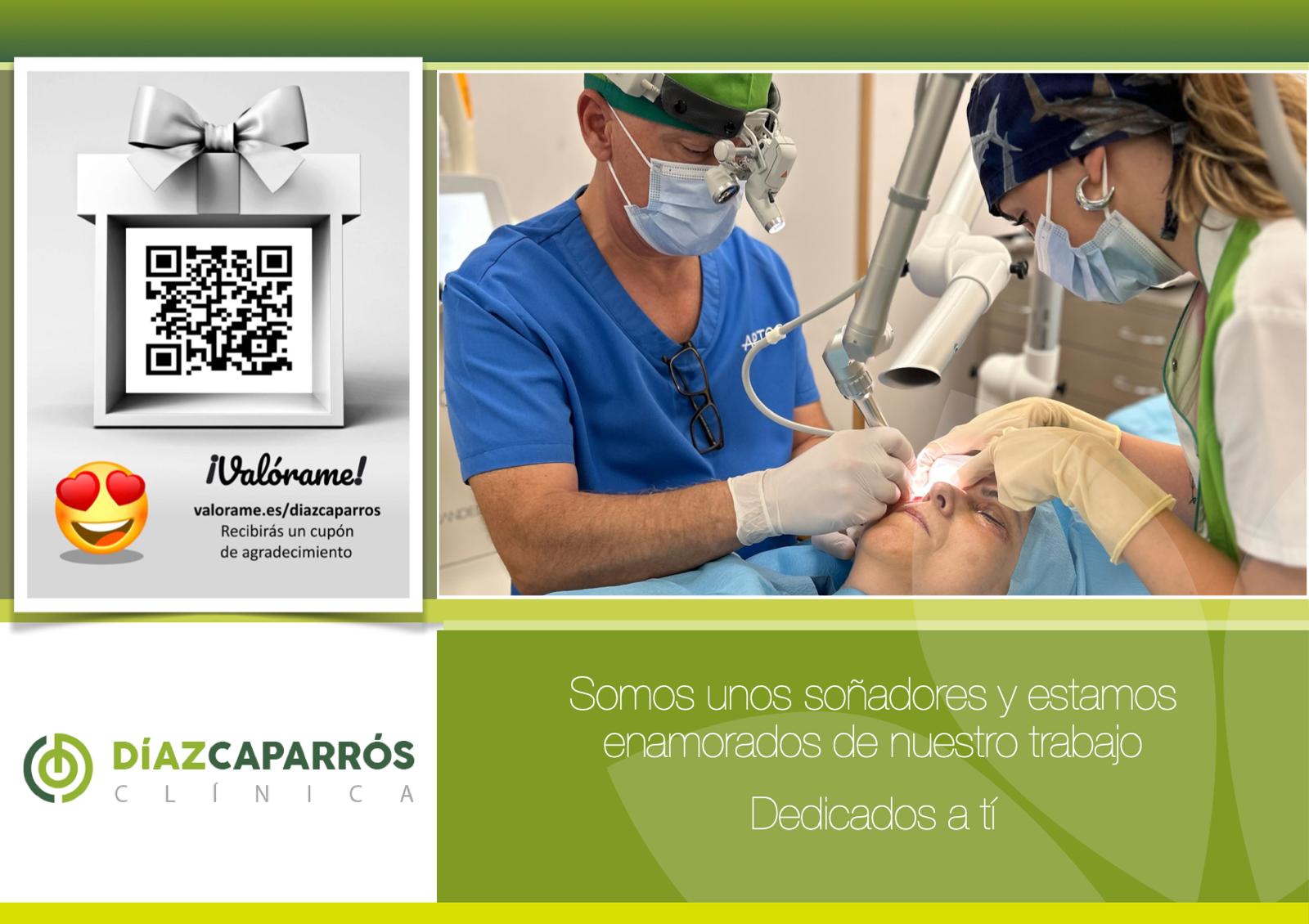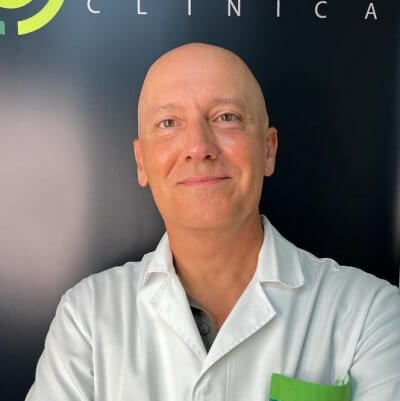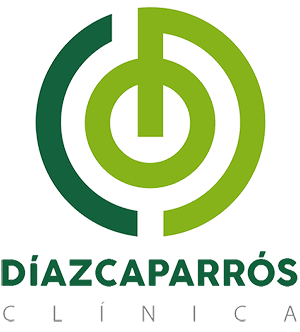
 Sudden hearing loss is most common in people aged 40 to 55 and requires rapid treatment
Sudden hearing loss is most common in people aged 40 to 55 and requires rapid treatment
Sudden sensorineural (“inner ear”) hearing loss (SSHL), commonly known as sudden deafness, is an unexplained, rapid loss of hearing either at once or over a period of under 72 hours, and mostly affects people aged between 40 and 55. Within this group there is an annual incidence rate of between 2 and 20 cases per 100,000 people every year.
Sudden deafness is usually defined as a neurosensorial hearing loss of 30 dB HL or more in three consecutive frequencies and in a period of less than 72 hours. It can occur in an instant or develop over three days. It is bilateral in 3 per cent of cases and, more rarely, can be sequential first in one ear and then in the other.
Most experts agree that risk factors are not known with certainty, but various studies point to a diet poor in vegetables, low levels of folates, metabolic syndrome and chronic otitis media as elements which increase the risk. In addition, SSHL has been associated with posterior circulation infarct and heart attacks.
Neither are the causes of the condition confirmed and in fact only in 10 per cent of diagnosed cases are the causes identified. Sudden deafness may be due to a viral infection of the cochlea, to a virus such as herpes or flu, to a rupture of the membranous labyrinth, to vascular phenomena or to auto-immune issues. This last theory is perhaps the most widely embraced and it is currently thought that in over 75 per cent of all cases of sudden deafness the condition is related to the immune system.
Some of the factors to be borne in mind when reaching a prognosis for the condition are age, the delay in starting treatment, associated symptoms, association with other illnesses (especially those of a cardiovascular nature), the kind of auditive curve involved and the degree of hearing loss suffered. The only way of achieving affecting the prognosis to optimize it is by early diagnosis and the prompt initiation of treatment.
As for the consequences of SSHL, 90 per cent of patients suffer tinnitus and between 20 and 60 per cent vertigo. For this reason it is important that patients who suspect they are suffering from sudden hearing loss seek urgent medical attention in order to rule out transmitted rather than neurosensorial illnesses, and to confirm that the condition is one of neurosensorial or perceptive hearing loss.
Once neurological causes have been ruled out and a sudden hearing loss is confirmed, the patient should visit an ear, nose and throat specialist as soon as possible to confirm that the cause is neurosensorial. A magnetic resonance test is recommended within 15 days of diagnosis in order to rule out one defined cause of sudden deafness and to help clarify an underlying pathogeny of the SSHL.
In determining the primary treatment it must be remembered that no matter what the cause, there is hypoxia (lack of oxygen) in the cochlea, leading to cell death, and that ciliate cells, like neurones, do not regenerate. For this reason a patient suffering sudden deafness must be treated immediately and systemically with high doses of corticoids, and given hyperbaric oxygen therapy.
Hyperbaric oxygen therapy is a very important treatment whose effectiveness is scientifically proven and consists of breathing pure oxygen in a pressurized chamber at 2.4 atmospheres, the equivalent of being 14 metres under the surface of the sea. The increased pressure makes the oxygen smaller and it can thus be absorbed by tissue even from the blood vessels.
At the tenth European conference on medical uses of hyperbaric oxygen therapy in March 2017 sudden deafness was included in Type 1 conditions, with Level A of evidence and a strong level of agreement among scientists.
In Cartagena we are fortunate to have various hyperbaric chambe

Te ayudamos a cuidar tu salud.
La mejor Clínica de estética para tí.
Nuestras áreas:
- Otorrino
- Audiología
- Medicina Estética

Félix Díaz Caparrós
Director Médico, Gerente
Información



Deja una respuesta
Lo siento, debes estar conectado para publicar un comentario.